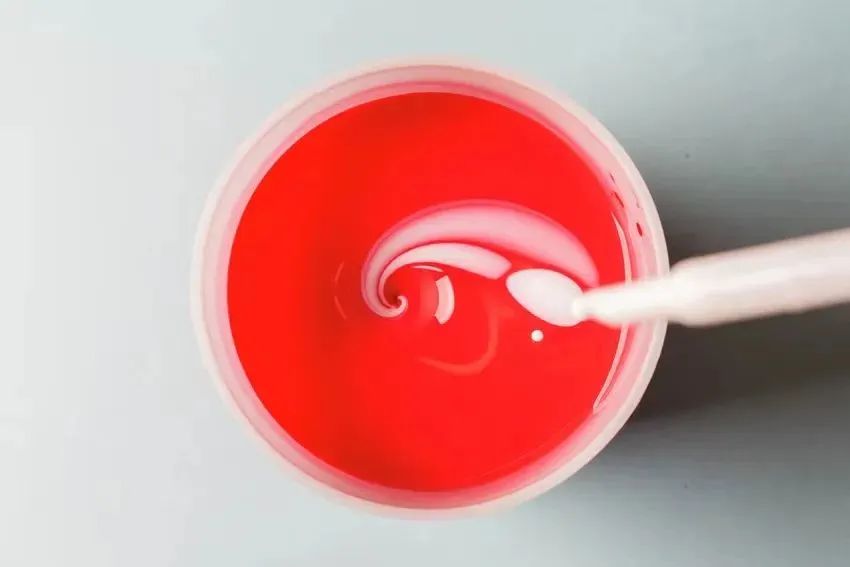It is imperative for the flexible packaging industry to choose environmental friendly ink in the future
Time:2022-06-17
Consumption driven: upgrading of environmental protection awareness of terminal brands
"Sustainability" is an important word in the world today. Brand owners are increasingly promoting environmentally friendly packaging. World famous brands are making this change with sustainable commitment - for example, Nestle group, Unilever, McDonald's and Kellogg's, all of which promise to use 100% sustainable packaging materials by 2025. With new technological advances, these sustainable transformations can be applied to all brand owners, not just the big brand owners. Water based inks as a key part: since their solvent emissions are zero, they need to achieve a more environmentally friendly footprint in the packaging industry than ever before. The water-based inks are generally in line with the new regulations and food packaging regulations, which are better for the environment and highly praised by customers. Switching to water-based is an opportunity for processors to differentiate themselves from competitors while meeting the needs of today's customers, improve their environmental qualifications and orient their business to the future.

02Regulations first:
New regulations define new ink standards, and environmental friendly ink is imperative
According to the three year action plan for winning the blue sky defense war issued by the State Council, the construction, production and use of solvent based coatings, inks, adhesives and other projects with high VOC content are prohibited in the region; China has taken the lead in implementing the new bid in the region since April 2021. The introduction of the new standard will have a great impact on the printing ink industry. Ink products with excessive VOC (volatile organic compounds) content are bound to be phased out. Therefore, the use of water-based ink will become the solution for the future flexible packaging industry.

On march4,2020, the limits for the content of volatile organic compounds (VOCs) in inks (GB 38507-2020) was issued and has been implemented since April 1, 2021. It is a mandatory national standard. This standard specifies the limit value of volatile organic compounds (VOCs) content in inks. The emission reduction and control of VOCs will change the pattern of "emphasizing the end and ignoring the source" in the past, and gradually shift to "focusing on source control, supplemented by process control, and paying equal attention to end treatment". Therefore, it is urgent to use and produce new environmentally friendly ink.
03Water based ink
Water based ink water based ink is referred to as water-based ink for short. Flexible water-based ink is also known as liquid ink. It is mainly made of water-soluble resin, organic pigments, solvents and related additives through compound grinding. The water-based ink is especially suitable for packaging and printing products with strict sanitary conditions, such as tobacco, wine, food, beverage, medicine, children's toys, etc.
At BASF, sustainability has become the core of innovation. BASF cooperates with enterprises in the upstream and downstream green value chain to continuously develop innovative solutions to meet the requirements of today's flexible packaging development. Water based inks replace solvents, reduce VOC emissions, improve cost-effectiveness, protect the health of employees in production enterprises, and contribute to sustainable development.
04Classification of water-based inks
Modern inks are mainly divided into four categories according to version type:
① Relief ink
A kind of ink used for printing books, newspapers, picture books, receipts, account books, etc. The main feature of relief printing is that the inked part of the printing plate protrudes from the non inked part. Relief printing ink can be divided into lead printing ink, copperplate printing ink, relief rotary printing ink and flexible relief printing ink according to the type of printing machine and the use of printing products.
② Lithographic ink
A class of inks suitable for lithography. Each part of the lithographic printing plate is basically in a plane. The pattern is lipophilic and the non pattern is hydrophilic. The principle of oil-water repulsion is used for printing, so the lithographic ink must have water resistance. According to the process, it is divided into offset printing ink, web offset printing ink, flat offset printing ink, anhydrous offset printing ink, iron printing ink, lithographic ink, and CoQ ink? Printing ink.
③ Gravure ink
An ink suitable for gravure printing. When printing, ink is applied to the pattern part recessed in the layout, and the ink on the non pattern part is wiped or scraped off, and then printing is carried out. There are engraving gravure ink and photographic gravure ink.
④ Mesh printing ink
A type of ink that leaks through the screen of a printing plate to the printing surface for printing. Mesh version ink is divided into transcribing ink and screen version ink.
Water soluble resin water soluble resin or water dispersible resin is the binder of water-based ink, which has a great impact on the viscosity, adhesion, gloss, drying and printing adaptability of the ink. Water based printing ink is a water-based printing ink prepared by mixing water-based polymer lotion, organic pigments, resins, surfactants and related additives through chemical process and physical process. Because it uses water to replace 30% ~ 70% of the toxic organic solvents in the traditional ink, the ink no longer contains volatile organic solvents, so it has no adverse impact on the health of workers in the printing process and eliminates the hidden dangers of flammability and explosion in the workplace. At the same time, in contrast, the cost of water-based ink is about 30% less than that of solvent based ink. This unique advantage of ink is in line with the increasingly stringent environmental protection laws and regulations. It is more and more favored by the packaging and printing industry worldwide, and gradually expands rapidly to the newspaper printing industry.





